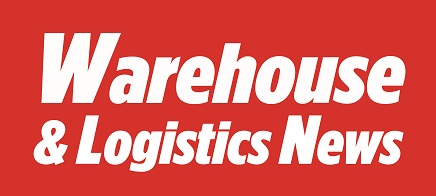Supply chain management is foundational for any business dealing in the trade of physical goods, ensuring customers get the right products at the right time. This means precision is paramount and every detail counts. In today’s ever-changing business landscape, with continuing geopolitical tensions, increased competition and costs, supply chain disruptions have emerged as a significant challenge across various industries. The integration of Artificial intelligence (AI) and The Internet of Things (IoT) is a game-changer in harnessing data and providing concurrent insights and end-to-end visibility. The combination of these technologies is revolutionising the way businesses manage their logistics.
 What is the difference between AI and IoT?
What is the difference between AI and IoT?
AI and IoT are a powerful partnership but it’s important to note they have different functions and capabilities. AI is a machine’s ability to simulate intelligence we usually associate with human minds. When AI is implemented in logistics, algorithms analyse huge amounts of data, derive insights, predict outcomes and make informed decisions based on the collected data. These algorithms can continuously learn from new data to enhance performance over time. For instance, AI-powered solutions enhance operational efficiency through improved inventory management, space optimisation and future planning.
Meanwhile, IoT describes interconnected devices embedded with sensors, processing ability, software and other technologies that connect and exchange data over the Internet. In the context of logistics, IoT tools like sensors and Radio-frequency identification (RFID) tags are installed throughout the supply chain, enabling instantaneous insights into inventory, assets and environmental conditions.
The benefits of AI and IoT working together
The synergy of AI and IoT ultimately makes warehouse systems more efficient, agile and able to respond to challenges. A key benefit includes the real-time data insights offered. IoT devices deliver data continuously, presenting information about the performance of the assets, inventory levels and environmental conditions. From there, AI algorithms analyse the data, delivering actionable takeaways, and allowing logistics managers to make decisions quickly and efficiently. Examples of this in practice include optimising the available space and adjusting inventory levels, helping to streamline operations.
Using the historical data collected through IoT, AI can process and predict future demand, identifying possible bottlenecks and forecasting any potential disruptions. These predictive analytics helps minimise challenges by enabling the warehouse to adapt promptly.
IoT and AI augment transparency and traceability in several ways. For example, IoT-powered tracking devices show the movement of goods throughout the supply chain in real-time. AI uses this data to optimise inventory levels, track goods and improve delivery accuracy. It can also track the location of shipments, empowering logistics companies to deliver the best possible customer experience.
Enhancing visibility
Visibility is vital for operational efficiency but many organisations lack this capability, leading to risks and inefficiencies. Visibility often comes too late for any meaningful changes to be implemented, making decision-making difficult and slow. For supply chains to be truly resilient, they need this visibility. Central to this is the availability of reliable information across the supply chain.
Introducing autonomous mobile robots significantly boosts efficiency. Industry-leading robots, in combination with enhanced sensors and digital twin technology, which replicate the physical environment, give unprecedented visibility and control. These advancements in technology are revolutionising warehouse performance, advancing issue detection and response, as well as environmental monitoring.
Traditional systems don’t go far enough to capture the volume and frequency of data, leading to blind decisions based on old or fragmented information. However, by combining AI-driven analytics with real-time data from IoT, businesses can make informed decisions, reduce costs, predict outcomes and increase operational resilience. As technology advances, the symbiotic relationship between AI and IoT will continue to drive efficiency and resilience in the warehousing industry.




Comments are closed.